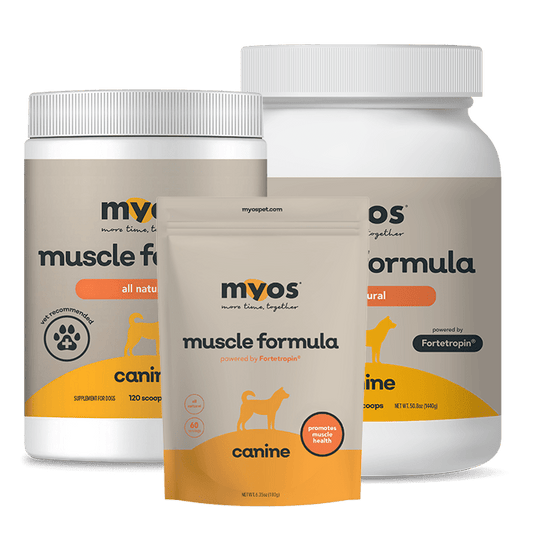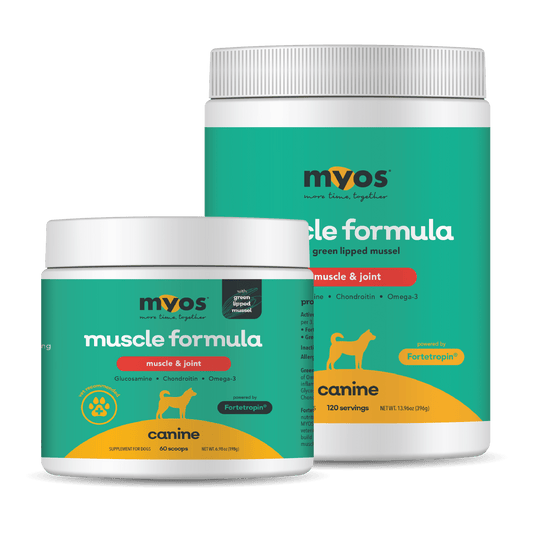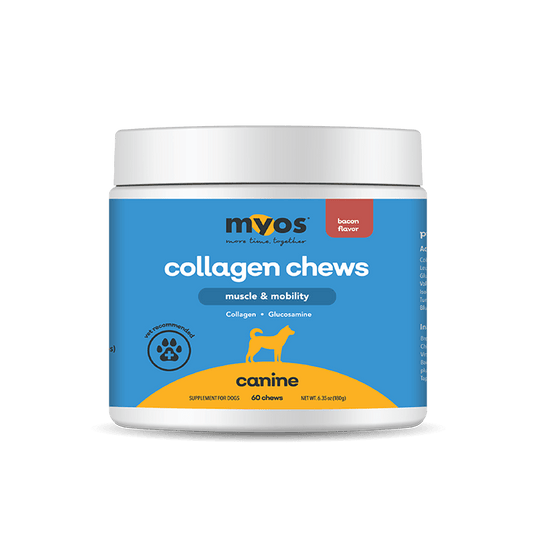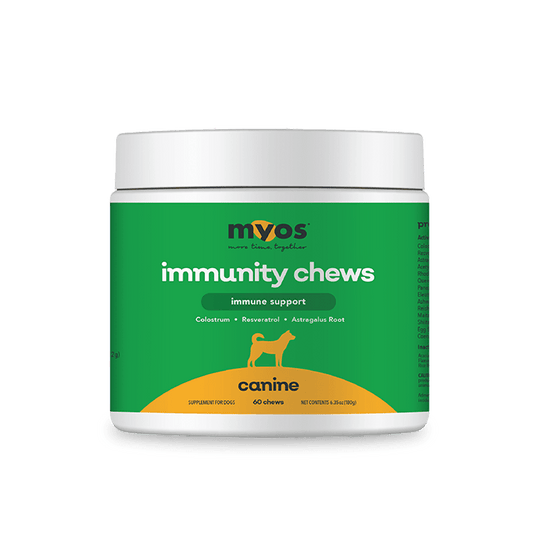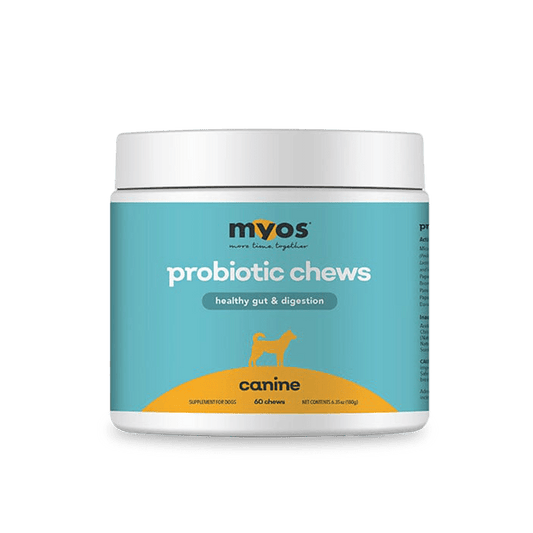As our furry companions grow older, they are likely to face some health challenges, just like humans. A common issue many aging dogs experience is muscle loss, which can significantly impact their mobility, quality of life, and overall well-being. However, with proper care and attention as a pet parent, you can help manage muscle loss in your senior furry friend to ensure they live their golden years to the fullest! Keep reading to understand how to identify muscle loss in your dog due to aging and how to help keep the negative effects at bay.
Understanding Muscle Loss in Aging Dogs
Muscle loss, also known as muscle atrophy, is a natural part of the aging process in dogs, just as it is in humans. As dogs age, they may experience a gradual decline in muscle mass and strength, leading to weakness, stiffness, and decreased mobility. Several factors contribute to muscle loss in aging dogs, including reduced physical activity and changes in metabolism.

Recognizing Muscle Loss in Your Senior Dog
As pet parents, it's essential for us to be aware of the signs of muscle loss in our aging dogs. Some common indicators include:
- Reduced muscle mass, particularly noticeable along the spine, hips, and thighs.
- Difficulty standing up or climbing stairs.
- Reluctance to engage in physical activities they once enjoyed.
- Noticeable weakness or lethargy.
- Changes in gait or posture.
Managing & Preventing Muscle Loss in Aging Dogs
While muscle loss is a natural part of aging, there are several steps you can take to help manage and potentially slow its progression:
-
Regular Exercise: Even though senior dogs may not be as spry as they once were, regular, low-impact exercise is crucial for maintaining muscle mass and mobility. Short walks, gentle play sessions, and swimming can help keep muscles toned and joints flexible without putting excessive strain on aging bodies.
-
Balanced Diet: Proper nutrition is key to supporting muscle health in aging dogs. Look for high-quality senior dog foods formulated with adequate protein to support muscle maintenance and repair.
-
Weight Management: Maintaining a healthy weight is essential for reducing strain on aging joints and muscles. Work with your veterinarian to develop a diet and exercise plan tailored to your senior dog's individual needs to help them achieve and maintain a healthy weight.
-
Regular Veterinary Check-ups: Schedule regular wellness exams with your veterinarian to monitor your senior dog's overall health and catch any potential issues early on.
-
Muscle Health Supplements: Consider adding supplements specifically designed to support muscle health into your aging dog's daily routine, such as MYOS Pet's Canine Muscle Formula which is designed to build muscle and reduce muscle atrophy.
While muscle loss is a common issue in aging dogs, it doesn't have to mean a decline in their quality of life. By staying proactive and providing proper care, as pet parents we can help our senior pups maintain muscle mass, mobility, and vitality well into their golden years. With a combination of regular exercise, balanced nutrition, weight management, joint support, and veterinary care, you can ensure your aging dog enjoys a happy, healthy life for years to come!

